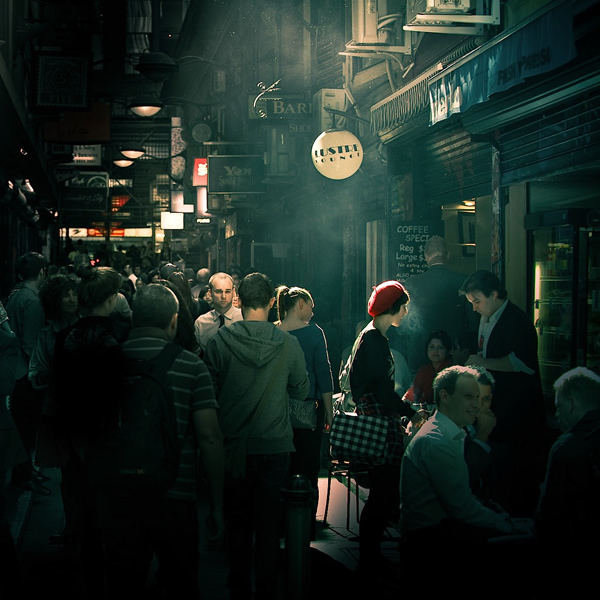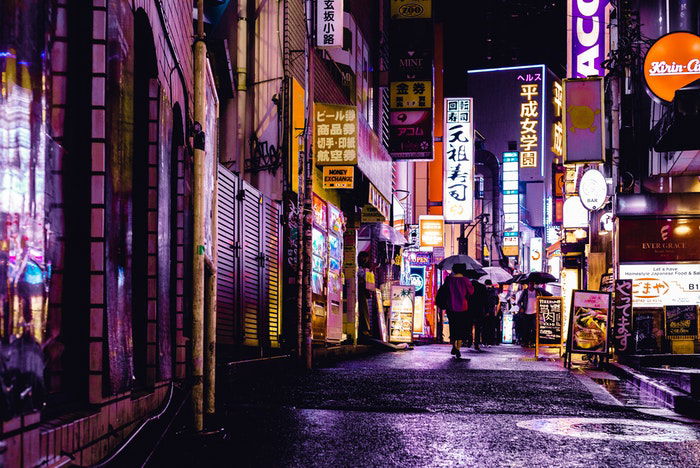The Facts About Street Photographers Uncovered
Table of ContentsThe 10-Minute Rule for Street PhotographersStreet Photographers Fundamentals ExplainedThe Ultimate Guide To Street PhotographersNot known Facts About Street PhotographersThe 6-Minute Rule for Street Photographers
, a genre of photography that records day-to-day life in a public location. The actual publicness of the setting enables the professional photographer to take candid photos of strangers, commonly without their understanding. Street professional photographers do not always have a social purpose in mind, yet they like to isolate and record moments which might or else go unnoticed.He was influenced by many of those who affected the street photographers of the 1950s and '60s, he was not mainly interested in recording the spirit of the road., that worked side by side with photographers trying to capture the significance of urban life.
As a result of the comparatively primitive technology available to him and the lengthy direct exposure time needed, he battled to capture the hustle and bustle of the Paris streets. He explore a collection of photo approaches, trying to locate one that would permit him to record activity without a blur, and he located some success with the calotype, patented in 1841 by William Henry Fox Talbot. In contrast to Atget, photographer Charles Marville was employed by the city of Paris to produce an encyclopaedic paper of Haussmann's city planning job as it unfolded, thus old and new Paris. While the photographers' topic was essentially the very same, the outcomes were significantly various, showing the effect of the photographer's bent on the personality of the images he created.
The Buzz on Street Photographers
Provided the fine quality of his photographs and the breadth of material, architects and musicians frequently acquired Atget's prints to utilize as reference for their very own job, though business passions were rarely his major motivation. Instead, he was driven to photograph every last residue of the Paris he liked. The mingled interest and urgency of his mission sparkle through, leading to pictures that tell his very own experience of the city, qualities that prepared for road digital photography of the 20th century.

Unlike his peers, Brassa made use of a larger-format Voigtlnder video camera with a much longer exposure time, requiring him to be a lot more calculated and thoughtful in his practice than he may have been if making use of a Leica.

Not known Details About Street Photographers
It is as a result of this essential understanding of the art of image taking that he is frequently attributed with rediscovering the medium around once again roughly a century because its development. He took photographs for even more than a half visit here century and influenced generations of professional photographers to trust their eye and instinct in the minute.
These are the inquiries I will try to answer: And afterwards I'll leave you with my own interpretation of road photography. Yes, we do. Let's kick off with defining what a meaning is: According to it is: "The act of specifying, or of making something precise, unique, or clear".
No, definitely not. The term is both limiting and misguiding. Appears like a road photography must be images of a roads ideal?! And all road photographers, except for a handful of outright newbies, will fully appreciate that a road is not the key part to road digital photography, and in fact if it's an image of a street with maybe a few boring additional hints individuals doing nothing of interest, that's not street photography that's a photo of a road.
Street Photographers - The Facts
He makes a legitimate point do not you assume? While I agree with him I'm not sure "honest public photography" will certainly catch on (although I do kind of like the term "honest photography") since "road photography" has been around for a lengthy time, with numerous masters' names affixed to it, so I believe the term is below to remain. Street Photographers.
You can shoot at the coastline, at a festival, in a street, in a park, in a piazza, in a coffee shop, at a museum or art gallery, in a metro terminal, at an occasion, on a bridge, under a bridge ...
The 4-Minute Rule for Street Photographers
Yes, I'm afraid we worried no choice! Without rules we can not have an interpretation, and without a definition we don't have a category, and without a genre we do not have anything to specify what we do, and so we are stuck in a "rules meaning genre" loophole! - Street Photographers
